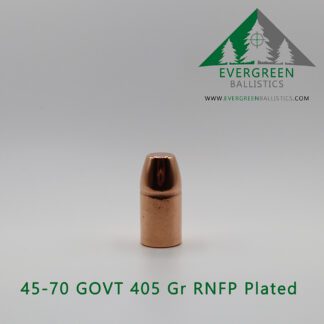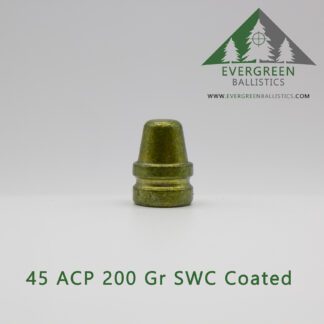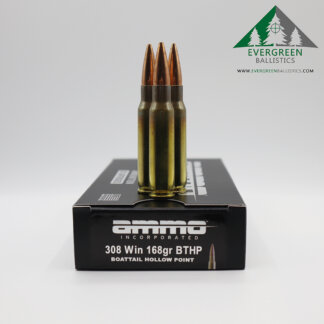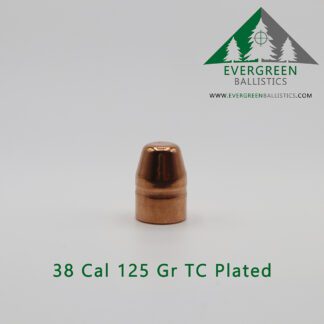Plated pistol bullets have been gaining popularity over the last several years as a cost-effective alternative to jacketed bullets. Not only as an option for handloaders, major manufacturers now offer ammunition made with plated bullets.
These bullets begin life as large blocks, or billets, of lead. This lead is extruded under high pressure into lead wire. This wire is then cut to a rough piece approximately the weight of the bullet to be made. It is then formed under pressure in a die in a process known as swaging. These formed lead cores now resemble the finished bullet’s shape profile and are very close to the final weight.
These cores are now ready for electroplating. In simplified terms, this plating process begins by submerging the cores in a chemical bath to remove grease and other contaminants. After this, the cores are placed in another chemical solution with a sacrificial piece of copper. An electric current is applied, causing the copper atoms to migrate and attach to the lead cores. This process adds a thin layer of copper that fully encases the lead. This copper layer can vary in thickness depending on the manufacturer, but it is typically in the neighborhood of 0.003”. The next step in the manufacturing process is to size the newly plated bullets to their final diameter. Finally, the bullets are polished and ready for packaging.
Plated bullets are available in many different calibers and weights. As well as several of the popular bullet profiles. Some of these include round nose, flat point, and hollow point. Some manufacturers produce bullets with a hollow base as well. This wide selection of projectiles allows for many options to satisfy nearly every reloader.
The major advantage of plated bullets is reduced cost. For example, while browsing Cabela’s website I found 9mm 115 Grain plated bullets from Berry’s Manufacturing for $23.99 per 250 or about $0.096 per bullet. Compared to Hornady’s Round Nose Full Metal Jacket (FMJ) bullets at $16.79 per 100, about $0.168 per bullet. That’s a 57% difference in price! Note that the Hornady bullets were on sale, marked down from their original price of $20.99. This is not meant to be a knock against Hornady. They make fantastic products and I personally love their ELD-X bullet line for .308 and .270 loads. But this is a good example of the dramatic cost savings that you can get from loading plated bullets.
When speaking of handloading plated bullets, a major factor to consider is where are you going to find reliable load data. The default answer here is to consult the manufacture of the bullet. However, there are many manufactures that will tell you to reference similar jacketed bullets of another manufacture and “load them light”. What does that even mean? In simple, start on the low end of the powder charge range for the same bullet weight and design. Increase the powder charge incrementally until your happy with the performance of the load. Begin by working in small batches until you have the load dialed in. Another option would be to find any data listed for another manufactures plated bullet that matches the weight and bullet-style you have chosen to load.
Regardless of the method you choose, it is important to remember these bullets should not be loaded to magnum velocities. Also, you should not use a very tight crimp. Doing so may cut into the plating. This would result in plate/core separation as the bullet goes downrange. Don’t hesitate to set up your crimp die, then pull the first couple bullets that come out to ensure you’re not over crimping. I would expect to see a very slight indentation in the plating, nothing more.
By now, you can see that there are many advantages to plated bullets. The major ones being reduced loading costs and a plentiful selection of bullet designs. On the other side, you can see that load data can be elusive at times. Also, you must keep in mind that plated bullets are ideal for target and plinking loads, not supercharged magnum loads. If you’re an avid plated bullet loader, feel free to share your experiences in the comment below. For those that may be new to loading plated bullets, I encourage you to give them a try the next time you’re shopping for some lead.






